All About Garden Fountains
Adding the pleasing sights and sounds of flowing water to your backyard can transform it into a relaxing retreat
Landscape Feature

Few things soothe like running water. If you don’t happen to have a meandering stream in your yard, there’s another way to harness water’s therapeutic benefits: a garden fountain. It provides the same calming qualities and can dramatically lift the look of your landscape. Styles run from classical tiered towers to contemporary orbs, and a fountain’s design speaks to more than aesthetics; the architecture determines how the water flows and the music it creates, from a splashing that drubs out street noise to a bubbling that provides a subtle background score to patio conversation.
On the flip side, the way the water moves and catches light has a lot to do with the feature’s visual appeal. Water sheeting off a colorful, rounded urn is more playful than a forceful stream pouring from basin to basin. You pick a fountain for its looks, but knowing the options in materials can streamline the search. Glazed ceramics come in colors that pop; lightweight fiberglass can be elaborately shaped; cast concrete looks just like stone. In any case, you’ll want to head to the garden center to see them in person. That is, right after you read everything you need to know right here.
Anatomy of a Fountain

Falling Water, Five Ways
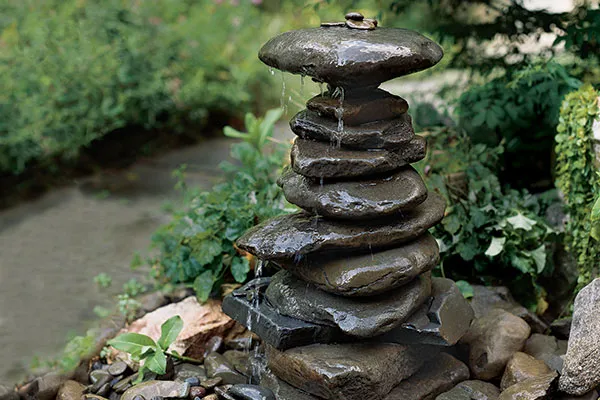
The path water takes down the fountain helps set the tone of the feature, not to mention the volume level and how often you’ll have to refill it. Here are five options to consider.
Tip: Fountain too loud? Try adding a layer of river rocks to the basin. They’ll soften the crash of the water while reducing the distance the water falls.
1. Running

2. Bubbling

3. Raining
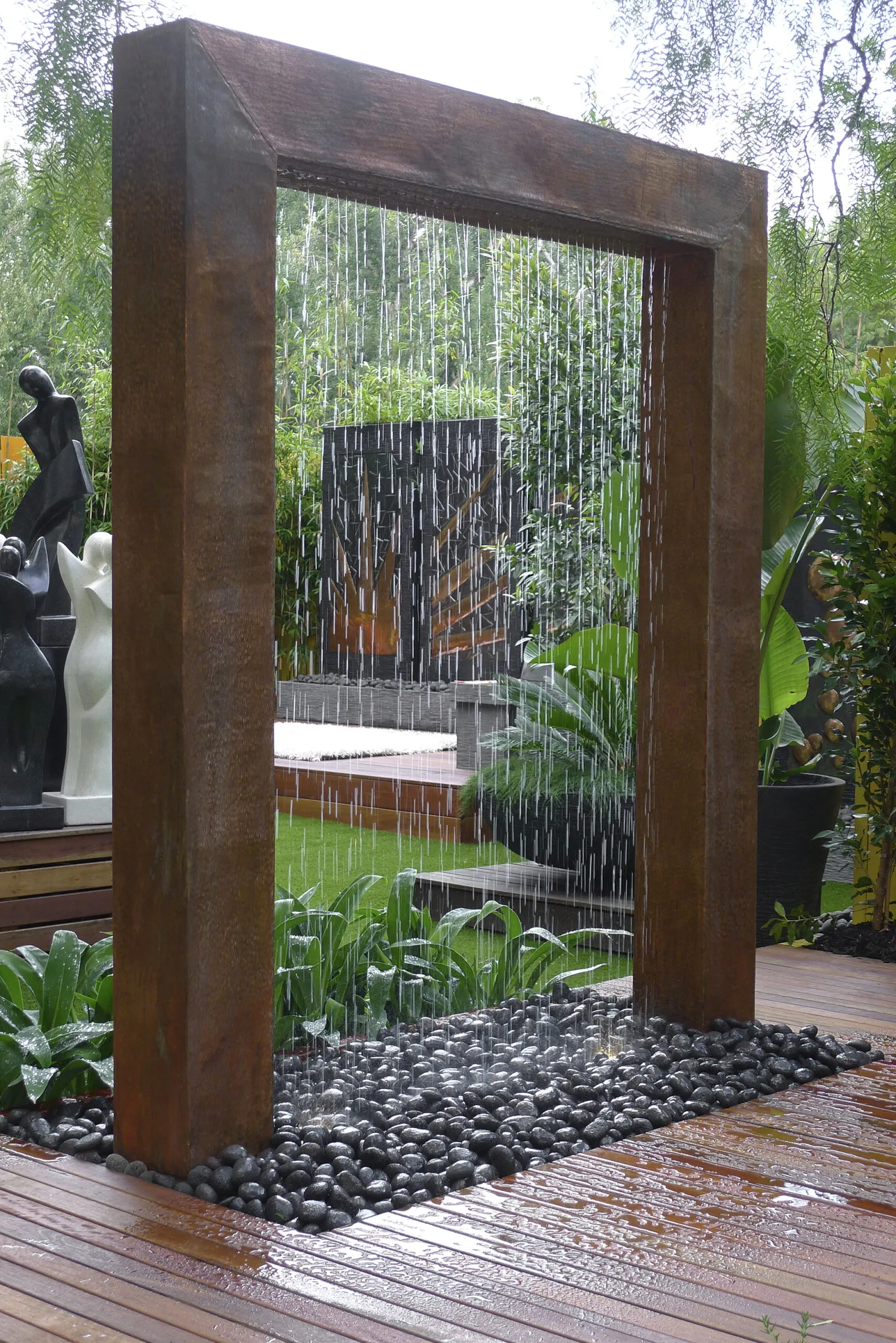
4. Pouring

5. Cascading

The Big Picture: Where to put Your Fountain?

There’s a fountain for every kind of yard, but selecting the right spot calls for balancing its size and shape with the style of your garden
The Accent

The Centerpiece
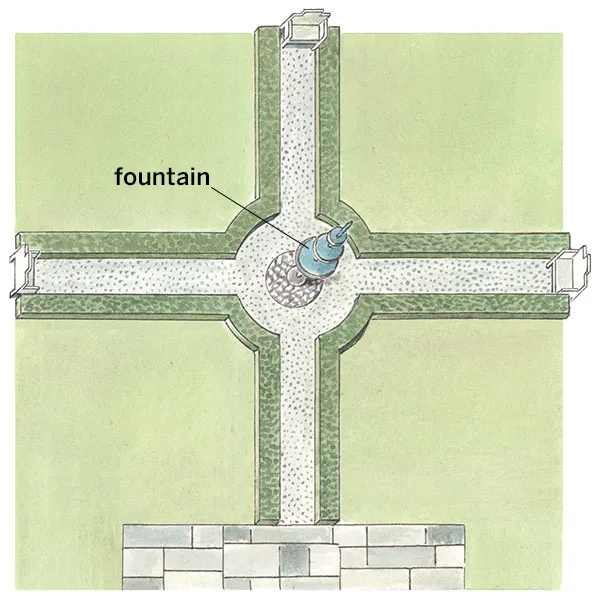
The Destination

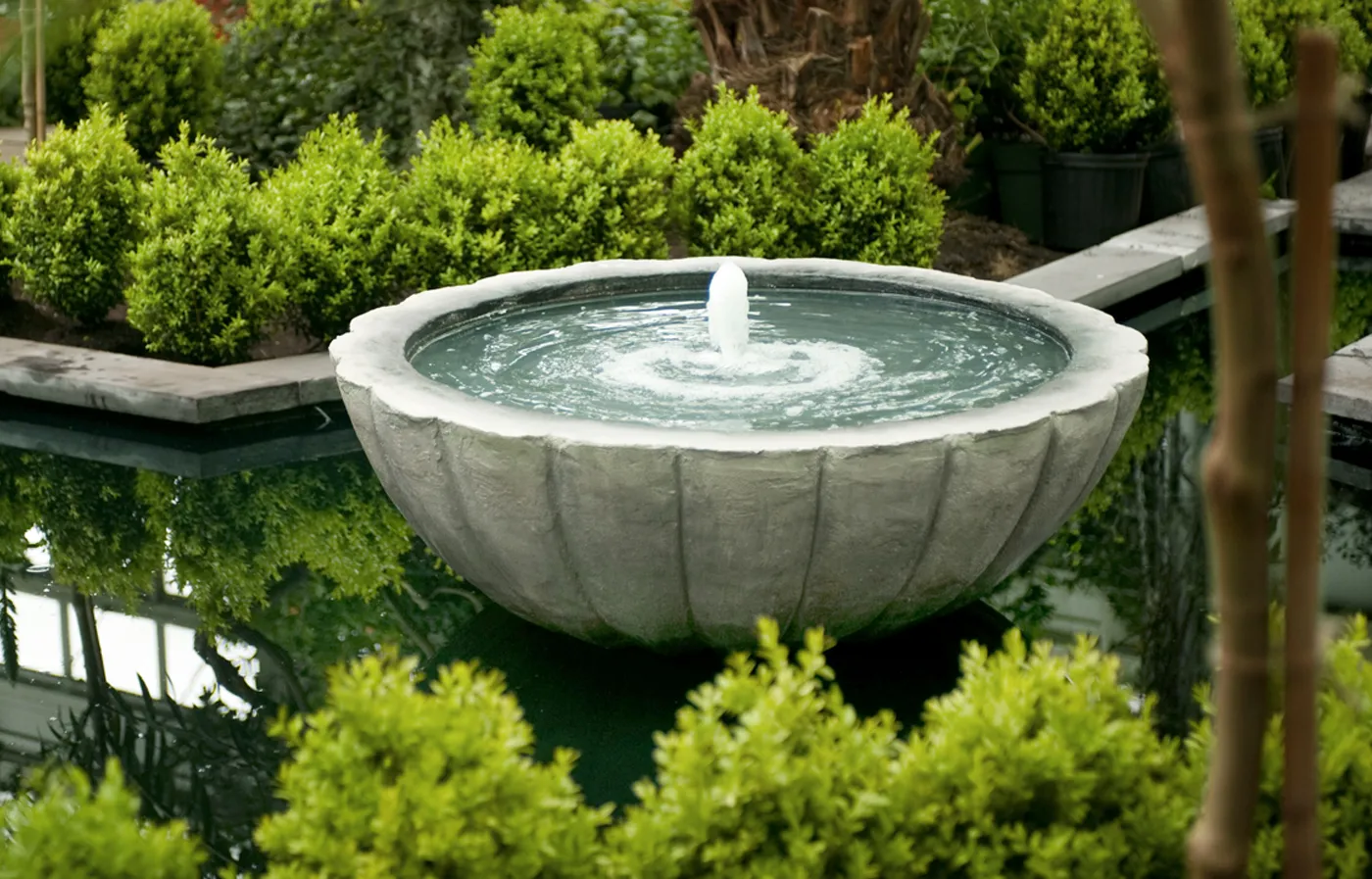

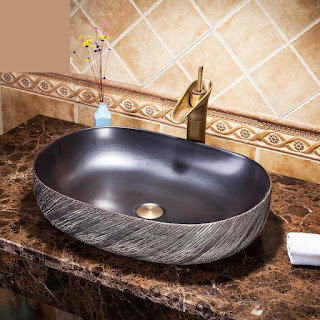

Comments
Post a Comment